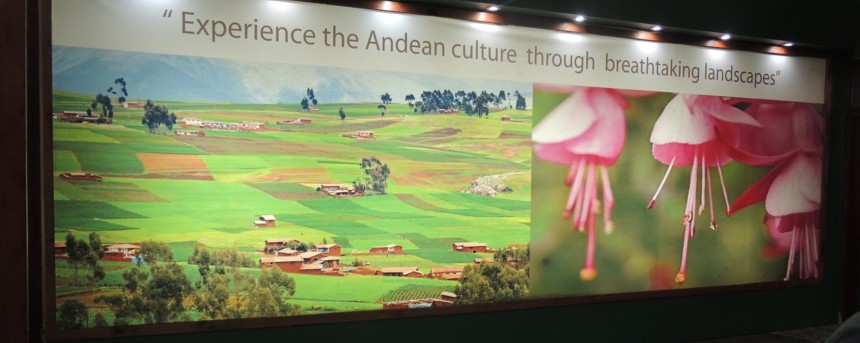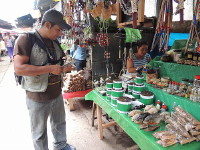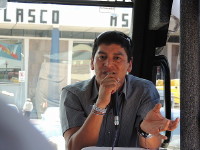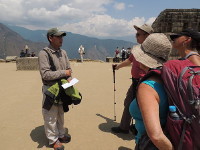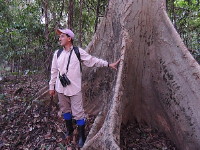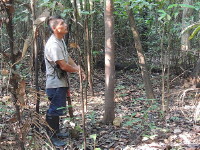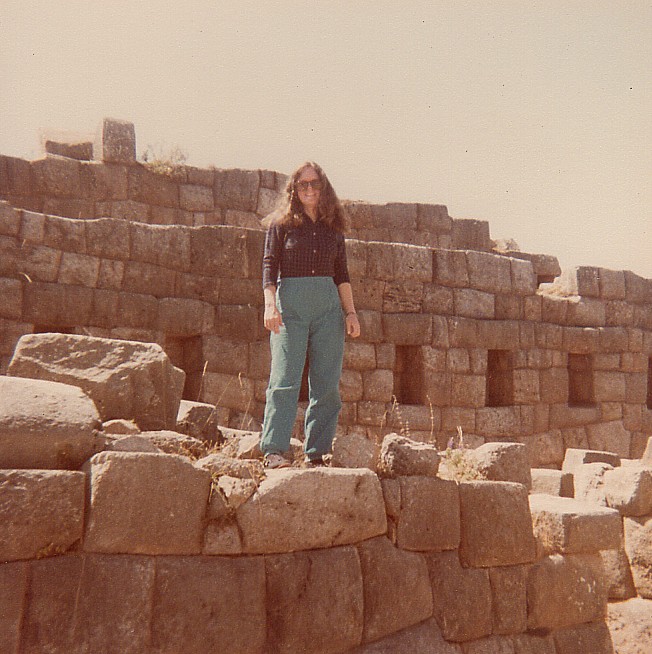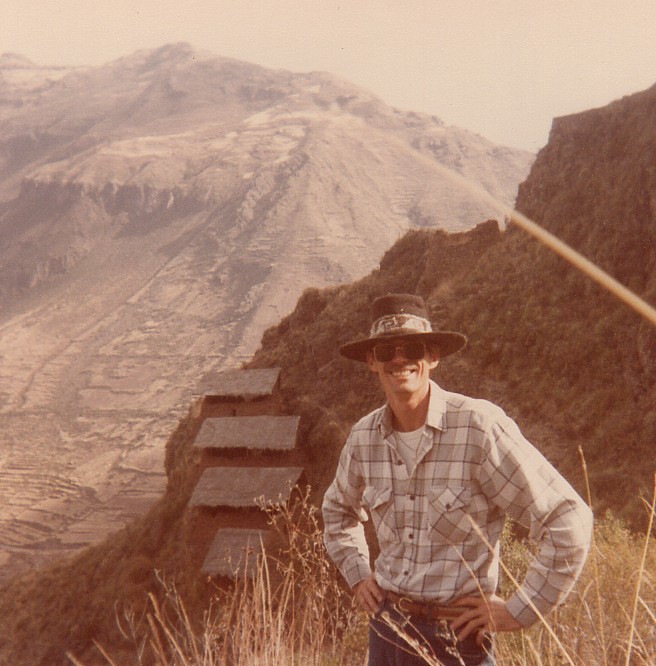2012 Peru Trip to the Sacred Valley and the Amazon Wildlife Conservation Refuge: Travel Journal and Photos
Introduction:
In September 2012 I traveled to Peru with a yoga group, headed by leaders from Wyoming and Florida, which included yoga practitioners from throughout the United States. Trip logistics were organized by Davarian. This journal chronicles the highlights of my journey. It is infused with information about the history, geography and culture of the region. Selected Peru travel references are listed at the end of this journal. Five incredible local guides, pictured below, helped to make my trip richly adventurous, informative and fun. They are Juan Carlos Palomino Berndt, Omar Aragon, Juan Farfán, Robinson Rodriguez and Wicho.
click on image for slideshow & captions
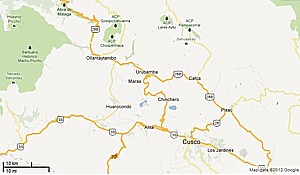 larger Cusco Map larger Cusco Map |
My journey began in the Sacred Valley with visits to Chinchero, Urubamba, Maras, Ollantaytambo, Aguas Calientes, Machu Picchu, Pisac and Cusco. The Sacred Valley, also called Vilcamayo, Valle Sagrado de los Incas and Valle Urubamba, is located in the Peruvian Andes. The Sacred Valley was the heartland of the Inca Empire (1300-1500 AD) and features wondrous landscapes, native cultures and archeological riches. The Valley includes the general area between the Inca communities of Pisac and Ollantaytambo.
The Sacred Valley is cut by the Urubamba River, one of the main tributaries of the Amazon, which flows from east of Pisac to Ollantaytambo at the western end of the valley. The Urubamba is also known as the Vilcanota and Wilcamayu. The latter, in Quechua, the still spoken native Inca language, means the Sacred River. The Incas thought this valley special. They considered it particularly significant to Pachamama, or Mother Earth, and the river symbolized the flow of life from the heavens to the earth. The Sacred Valley is a steep-sided river valley that opens out into a vast fertile swath of alluvial plain. Because of its fertile lands, the Sacred Valley was chosen by Pachacuti Inca Yupanqui (Quechua: Pachakutiq) in the 15th century as an important center for the production of maize, tubers, grains, fruits and vegetables to support the growth and expansion of the Inca Empire. It remains one of the most important agricultural production areas in Peru today.
In Nauta, a small town in the Peruvian Amazon, located 100 km (62 mi) south of Iquitos, I got onboard a peke-peke for a trip up the Marañón, Amazon and Yanayacu Rivers to the Amazon Wildlife Conservation Refuge, a private jungle reserve. The 40-mile trip took four hours. The Refuge is built on 200 acres of primary rainforest and is inside a 1 million-acre protection zone between the Pacaya Samiria National Reserve, the largest preserve in Peru, and the Tamshiyacu National Reserve, owned by local Indians. From the Refuge lodge, my home base in the Amazon rainforest, I went on wildlife-spotting hikes in the jungle, ventured up the Yanayacu, a remote tributary of the Amazon River, visited local Indians and was lulled into a peaceful sleep by the jungle after each day's adventure.
Un simple viaje puede cambiar el curso de una vida.
Bien viaje!


